Meet Muriel Bowser in LeDroit Park tomorrow night

Mayor Muriel Bowser will attend the monthly meeting of the LeDroit Park Civic Association. Join us at the meeting tomorrow, Tuesday, February 24 at 7pm at the Florida Avenue Baptist Church (623 Florida Ave NW – enter at the back).
The Association will also vote on whether to oppose the application to build a roof deck and exterior stair at 1901 4th St NW.
You can go far on a single Metrobus from LeDroit Park
How far can you go from LeDroit Park on a one-seat Metrobus or Metrorail ride? Pretty far, actually. The map above illustrates all the bus lines and metro lines that run through or near LeDroit Park. View an interactive version of the map.
Residents are fairly familiar with our Metrorail system, but may not know the far reach of the Metrobus network. From LeDroit Park you can board a single bus and go to 14th Street, Dupont Circle, Georgetown, Adams Morgan, Woodley Park, the National Cathedral, Union Station, H Street NE, Eastern Market, and Barracks Row and never worry about parking. There are also several buses that go downtown to destinations like Chinatown, the Archives, Metro Center, Farragut Square, Foggy Bottom, and the Kennedy Center.
Here’s a breakdown of routes by the destinations they serve.
West to Shaw, Logan Circle, Dupont Circle, and Georgetown
Board the G2 bus, which originates in LeDroit Park. You can also use this bus to carry heavy groceries from the Whole Foods on P Street or the Giant at 7th & O Streets.
West and north to U Street, Adams Morgan, Woodley Park, the National Cathedral, and Tenleytown
| Destination | 90,92,93 | 96 | X3 (rush) |
|---|---|---|---|
| Boarding point » | Florida Ave | Florida Ave., New Jersey Ave. |
Florida Ave |
| U Street | Yes | Yes | Yes |
| Adams Morgan | 90 & 93 | Yes | Yes |
| Woodley Park, National Cathedral, Tenleytown | Yes | Yes |
North to Petworth, Brightwood, and Silver Spring
Board the 70 bus or 79 express bus on Georgia Ave. For longer distances, board the 79 at Georgia and Florida Avenues (northbound). This bus makes fewer stops and doesn’t run on Sundays.
To Union Station, H Street NE, Capitol Hill, and east of the Anacostia
Ranked in relative order of speediness to the destination:
| Destination | 80 | 90,92,93 | 96 | X3 (rush) |
|---|---|---|---|---|
| Boarding point » | N. Capitol St. | Florida Ave. | Florida Ave, New Jersey Ave. |
Florida Ave |
| Union Station | 1 | 1 | ||
| H Street NE | 1 | 2 | ||
| Capitol Hill (the Capitol) | 2 | 1 | ||
| Capitol Hill (Eastern Market) | 1 | 2 | ||
| Capitol Hill (Barracks Row) | 1 | |||
| Capitol Heights | 1 | |||
| Historic Anacostia, Congress Heights | 1 |
To downtown
If you regularly ride Metro, you know the subway system occasionally breaks. If you’re looking for other routes to downtown or to other Metro lines, try these buses (ranked in relative order of speediness to the destination):
| Destination | G2 | G8 | 80 | 70,79 | 90,92,93 | 96 |
|---|---|---|---|---|---|---|
| Boarding point » | 3rd St, Elm St, V St | Rhode Is. Ave | N. Captiol St. | 7th St./Georgia Ave. | Florida Ave | Florida Ave, New Jersey Ave. |
| Foggy Bottom | 1 | |||||
| The Capitol | 2 | 1 | ||||
| Chinatown, Archives | 2 | 1 | ||||
| Dupont Circle | 1 | |||||
| Farragut Square | 1 | 2 | ||||
| McPherson Square | 1 | 2 | ||||
| Union Station | 1 | 1 |
See you on the bus!
Note: X3 runs along Florida Avenue, but only during rush hour. 79 is an express bus (it skips stops) that doesn’t run on Sunday.
Shoveling your sidewalk becomes mandatory next month
LeDroit Park residents woke up this morning to find four to six inches of snow on the ground. Please be kind to your neighbors and shovel your sidewalks.
Next month DC law will change to require homeowners to shovel their adjacent sidewalks within eight daylight hours after snowfall ceases.
Photo: Snowfall from the storm that buried the region in December 2009.
The McMillan Fountain’s sibling sits in New York’s Bryant Park
A few months ago I stumbled on this fountain, the Lowell Memorial Fountain, in New York’s Bryant Park. Something looked familiar about it. It turns out it was designed by Charles A. Platt, who designed the McMillan Fountain that once stood at the McMillan Reservoir.
Back in 2011, we wrote about the McMillan Fountain, and how the lower half of the fountain now sits neglected in Fort Washington National Park.
A bicentennial map depicts LeDroit Park in 1975
DDOT posted this map of DC published in 1975 to celebrate the bicentennial. The map includes a section on LeDroit Park. Notice the groovy font, the “new” Howard University Hospital, the “nice old houses”, the long-gone bakery, and the “newly reopened Howard Theatre.” The Howard Theatre had briefly reopened from 1975 to 1980.
How LeDroit Park’s demographics have changed since 1970
Since 2000 the census tract that includes LeDroit Park has grown more educated, more expensive, and wealthier. Meanwhile the tract’s total population held steady after decades of slow decline. While the white population has increased, the census tract is still overwhelmingly black.
Governing Magazine recently ran a story on gentrification in DC and labeled Census Tract 34, which contains LeDroit Park and Howard University, as “gentrified“. LeDroit Park has certainly changed over the years and I finally got around to compiling decennial census data from 1970 to 2010 as well as data from the American Community Survey.
Let’s start off with the biggest changes.
LeDroit Park is now better educated than the DC region and the nation
Data from Governing show that the share of adults age 25 and older who earned a bachelor’s degree more than doubled from 18.5% in 2000 to 64.9% in 2013. In fact the neighborhood catapulted over the regional figure (48%) and the national figure (28.8%).
Home prices fluctuate more drastically in LeDroit than in the rest of DC
Data from NeighborhoodInfoDC show that until 2004, the median sale price of single-family homes in the neighborhood moved closer to the average of the median values of all DC census tracts. The median price in LeDroit Park quintupled from 1996 to 2005, marking the greatest period of price appreciation. Though prices fell a bit from the recession, the neighborhood’s median price is slowly converging on the District-wide figure. (Disclosure: I do consulting work for the think-tank that produces NeighborhoodInfoDC)
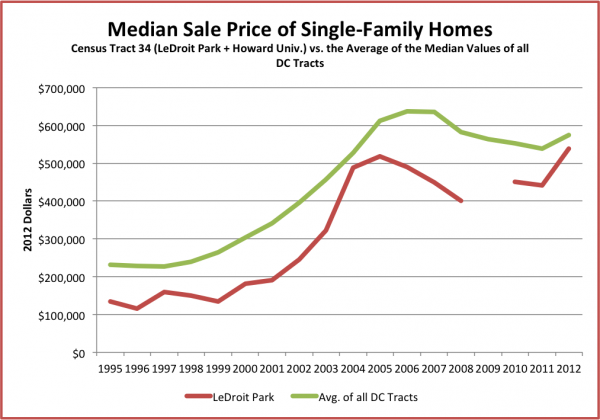
Note: 2009 data not available
Governing’s data of the median home value (both single-family homes and condos) show that housing prices nearly doubled from 2000 to 2013.

Median household income more than doubled from 2000 to 2013
(For comparison, median household income nationwide declined during this period.)
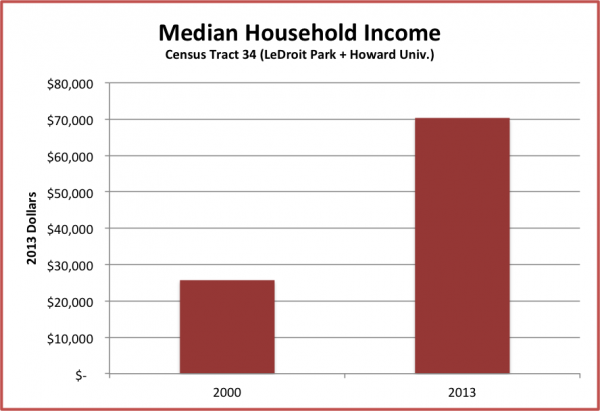
LeDroit Park is still predominantly black
The population of LeDroit Park and Howard’s campus held steady since 2000 after decades of modest decline. Though the number of whites more than tripled and number of blacks fell 13% from 2000 to 2010, our census tract is still 79% black. A few years ago I got a limited data set of the 2010 Census from the Office of Planning and was able to separate LeDroit Park figures from the rest of the census tract that lies north of W Street. Even then I found that the neighborhood was 70% black.
One popular gentrification narrative is that the process turns poorer black neighborhoods into wealthy white neighborhoods. While income and home values in LeDroit have soared, it still remains a predominantly black neighborhood.
Lil’ LeDroiters are becoming scarcer
From 1970 to 2010, the population of residents under 18 tumbled from 23% of the population (1,244 children) to 8% of the population (350 children). For comparison, DC’s under-18 population in 2010 stood at 17%.
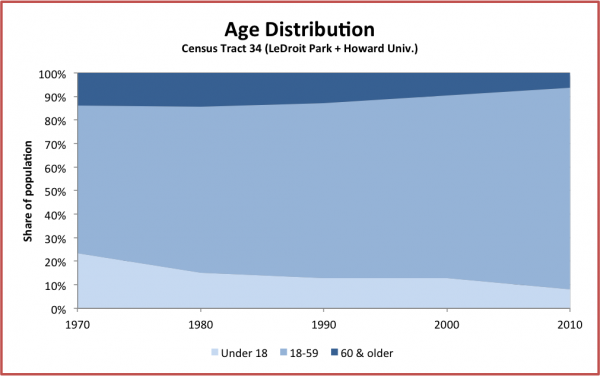
Homeownership has expanded, the housing stock has not
This was one of the more surprising facts. Despite construction of numerous infill rowhouses (especially on the 300 and 500 blocks of U Street) and despite the conversion of many one-unit rowhouses into two-unit rowhouses, the total number of housing units is slightly lower than in 1970. Also, vacancy has been rising, which contradicts what I have seen since I moved here in 2009. Perhaps the vacancy numbers were driven by the remodeling of the 161 units at Kelly Miller or perhaps Howard University dorm rooms do not count as “occupied” since many are vacant during the summer.
The definition of gentrification is a matter of great debate, but Governing defined it as any census tract that met the following criteria from the 2000 Census to the 2010 Census:
- It must start out poorer, i.e. “median household income and median home value needed to fall within the bottom 40th percentile of all tracts within a metro area at the beginning of the decade.”
- It must end up pricier and more educated, i.e. “in the top third percentile for both inflation-adjusted median home values and percentage of adults with bachelors’ degrees.”
According to Governing’s analysis, our tract, like half of the other DC tracts that met the first condition above in 2000, satisfied the second condition in 2010 and thus gentrified.
Sources:
- Longitudinal Census Bureau data (1970 – 2010) came from the US 2010 project, which used a peer-reviewed method adjust older tract data to conform to the latest tract boundaries.
- Governing, which used Census Bureau data.
- American Community Survey, a Census Bureau project that collects detailed demographic data for years between and overlapping each decennial census.
Our census tract (outlined in blue) is larger than the neighborhood and includes much of the Howard University campus.
LeDroit Park’s water doesn’t come from McMillan
The McMillan Reservoir lies just north of LeDroit Park and just east of Howard University. Don’t let this large and visible piece of water infrastructure fool you. The reservoir supplies water not to LeDroit Park, but to much of downtown, Capitol Hill, Southwest, the Navy Yard, and Historic Anacostia (see blue pipes below).
According to a 1985 DC water distribution map, LeDroit Park’s water comes from a reservoir on Foxhall Road and a reservoir on the grounds of the Armed Forces Retirement Home (see the red pipe network). These reservoirs, like all other reservoirs in the city, receive their water from the Dalecarlia Reservoir, which is run by the U.S. Army Corps of Engineers. The USACE pipes water to Dalecarlia from intake points at Little Falls and Great Falls on the Potomac.
From Dalecarlia, water is piped to all of the secondary reservoirs, which typically sit atop highpoints in the city. (In a previous post we covered the century-old, straight-line tunnel that delivers water to McMillan.) Gravity pulls the water down from each reservoir to neighborhoods at lower elevations. Each neighborhood must be sufficiently lower than its supplying reservoir to receive enough water pressure at the faucet.
(I had difficulty finding these government maps, but found them at City Block.)
Meet me (and your neighbors!) at Costa Brava on Tuesday

LeDroit Park’s next monthly happy hour will be at Costa Brava (1837 First Street NW) in Bloomingdale on Tuesday, February 10, from 6:30 to 8:30 pm. We will be at the upstairs bar. All neighbors are welcome to attend.
Howard opens new buildings, reduces staff
Howard University is reforming its hospital while its rank as DC’s largest employer slips. These changes come as the university looks to improve its academic program and its finances.
Financial difficulty is nothing new for Howard. In 2013 we reported that sequestration had cut its annual appropriate from Congress, enrollment had dropped, and one of its Trustees publicly warned of the university’s financial straits. Later that year, Moody’s downgraded the university’s bond rating from A3 to Baa1 as the hospital ran a $21-million loss.
The university furloughed staff and cut positions, but last year Moody’s downgraded the university further from Baa1 to Baa3, citing the hospital’s losses, which had increased to $37 million.
Since then the university has hired Paladin, a healthcare management consultancy, to reverse the hospital’s losses. University President Wayne Frederick recently told the Washington Business Journal that the hospital has made progress, particularly in billing more efficiently. (The fee-for-service model may be lucrative for healthcare providers, but the Obama Administration is trying to move the country away from it.)
Last week the hospital announced it would lay off 25 management positions and look to reduce staff further.
Meanwhile the university and its hospital have slipped in their rankings as DC’s largest employers. Over the past ten years, the university fell from first to seventh while the hospital fell from seventh to fifteenth.
| Employer | 2004 Rank | 2014 Rank |
|---|---|---|
| Georgetown University | 3 | 1 |
| Washington Hospital Center | 4 | 2 |
| George Washington University | 2 | 3 |
| Children’s Hospital | 5 | 4 |
| American University | 8 | 5 |
| Georgetown University Hospital | 9 | 6 |
| Howard University | 1 | 7 |
| Fannie Mae | 6 | 8 |
| Booz Allen Hamilton Inc. | 113 | 9 |
| Allied Barton Security Services LLC | – | 10 |
| Red Coats | 40 | 11 |
| Providence Hospital | 10 | 12 |
| George Washington University Hospital | 18 | 13 |
| Sibley Memorial Hospital | 13 | 14 |
| Howard University Hospital | 7 | 15 |
But the outlook isn’t all gloomy. The university recently completed two new dorms on 4th Street just north of the neighborhood and is nearing completion of its top-notch Interdisciplinary Research Building at Georgia Avenue and W Street.
LeDroit Park appears in a Washington Post quiz
LeDroit Park appears in an online quiz, “How well do you know D.C. neighborhoods?” in the Washington Post. Question 3 asks you to identify the neighborhood known for its Victorian mansions. The answer is LeDroit Park.
Victorian architecture covers a range of styles, including revival styles, that became popular in the 19th century. What is unusual about LeDroit Park is that it has 12 distinct architectural styles that were popular in the Victorian era. Builders in other neighborhoods typically restricted themselves to a smaller range of styles.

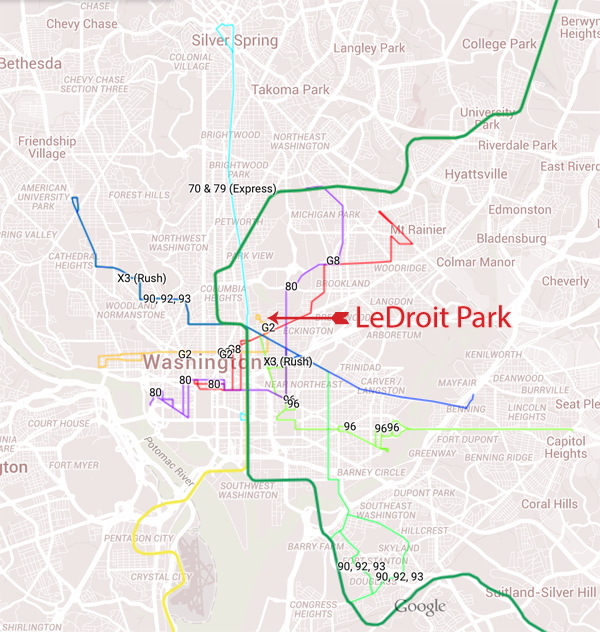
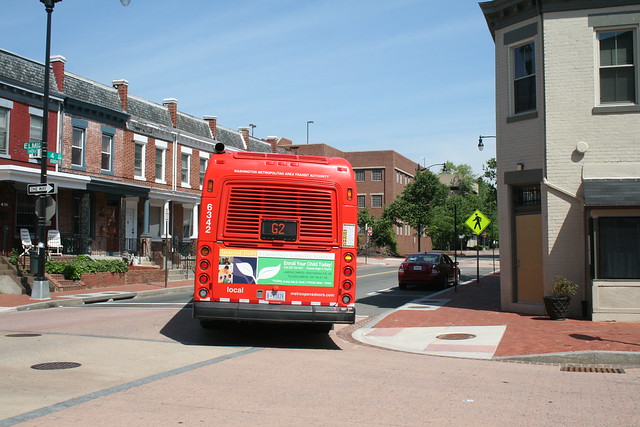
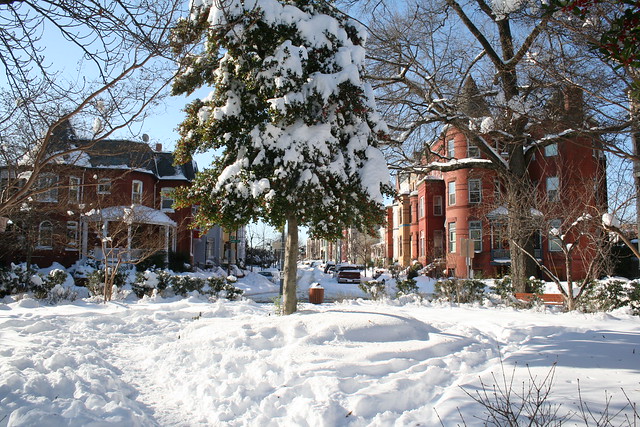
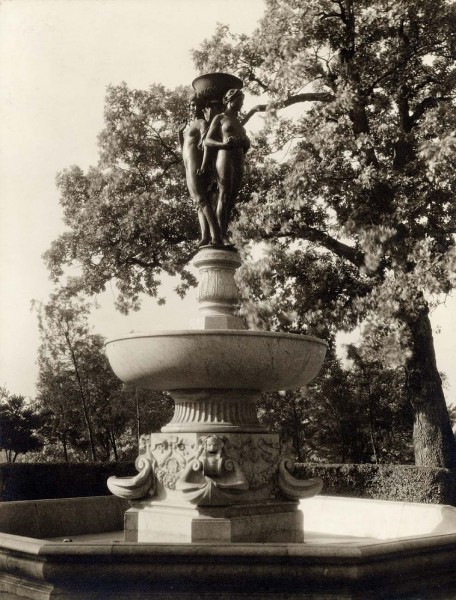
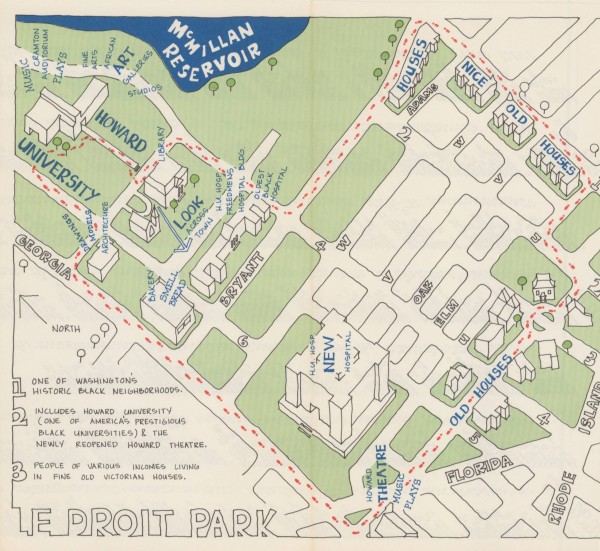


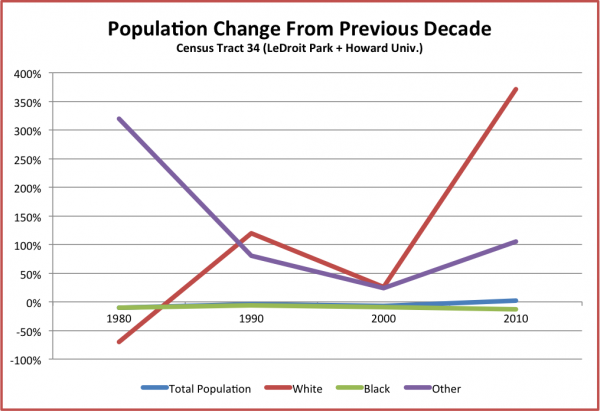
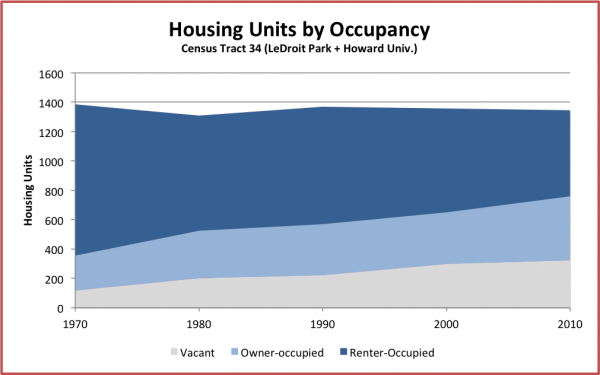
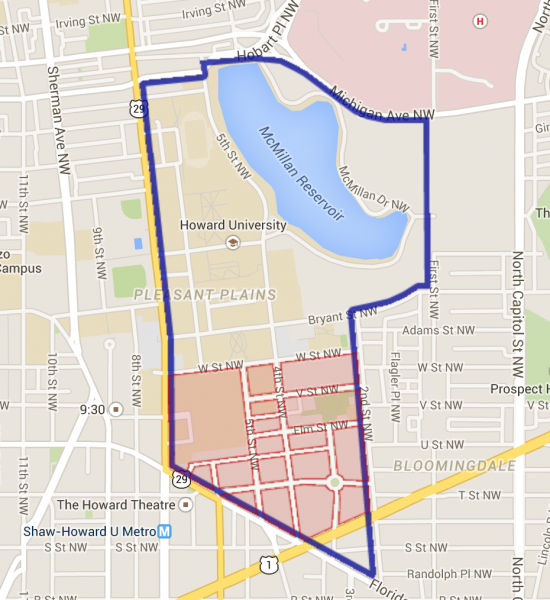
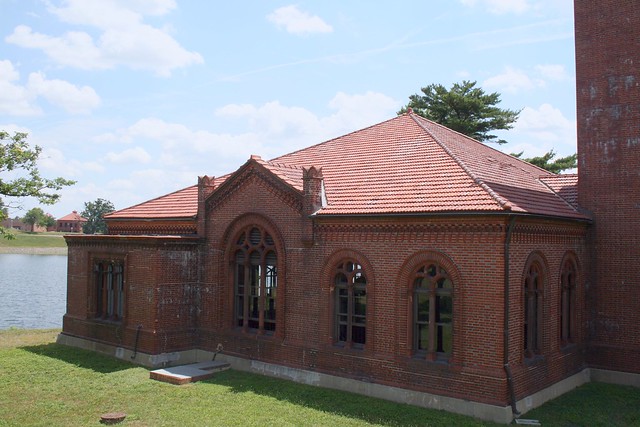
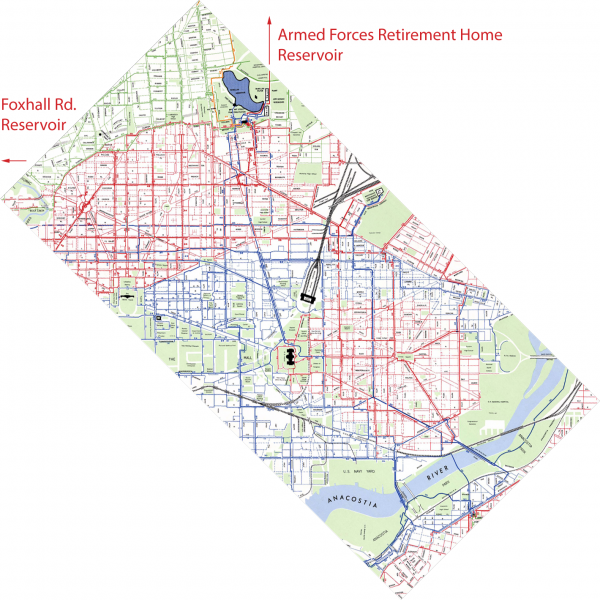


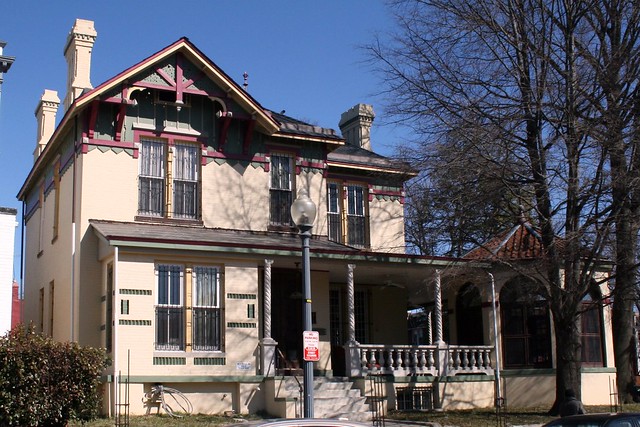






Recent Comments